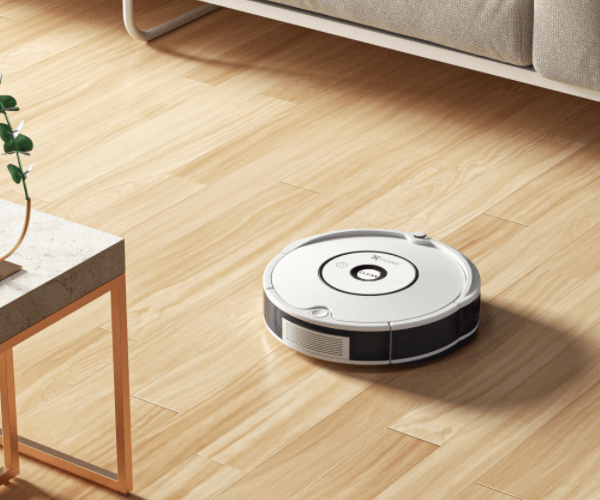Harnessing the Power of N20 Gear Motors: A Deep Dive into 3D Modeling and Its Impact on Modern Engineering

In the rapidly evolving landscape of robotics, automation, and miniature machinery, the N20 gear motor has become a cornerstone component. Its compact size, dependable torque, and versatile applications make it a favorite among engineers, hobbyists, and inventors alike. But beyond its physical utility lies a world of possibilities unlocked through detailed 3D modeling.
The term ‘N20 gear motor’ refers to a small, cylindrical electric motor typically measuring approximately 20 millimeters in diameter—hence the ‘N20’ designation. These tiny powerhouses are often embedded in devices ranging from drones to medical equipment, serving as micro-drivers that translate electrical energy into mechanical motion.
Why 3D Models Matter in the Context of N20 Gear Motors
In the past, designing with physical prototypes involved a lot of trial and error—costly, time-consuming, and limited in scope. Today, 3D modeling transforms this process completely. By creating comprehensive digital representations of the N20 gear motor, designers can simulate operation, troubleshoot potential issues, and visualize improvements long before manufacturing begins.
The 3D models encapsulate every component of the gear motor: the stator, rotor, gearbox, shaft coupling, bearings, and housing. They serve multiple purposes:
Design Optimization: Visualize how different gear ratios, materials, or structural modifications affect performance. For instance, experimenting with gear tooth profiles within the model to reduce wear and increase efficiency.
Component Integration: Ensure your N20 gear motor fits perfectly into larger assemblies or robotic structures, avoiding costly fitting errors during the physical assembly phase.
Rapid Prototyping: Utilize 3D printing to produce physical prototypes directly from the CAD models, dramatically accelerating the development cycle.
Educational and Training Purposes: High-fidelity models serve as excellent teaching tools, offering a clear understanding of the internal workings and dynamics of gear motors.
The process begins with CAD (Computer-Aided Design) software, where engineers can create or download detailed N20 gear motor models. Many of these models are available in formats compatible with popular tools like SolidWorks, Fusion 360, or AutoCAD. Their complexity varies from simple representations for conceptual understanding to highly detailed models that include every gear tooth and bearing.
Creating accurate 3D models requires attention to detail. Parameters such as shaft diameter, gear ratios, gear tooth counts, and housing dimensions must be precise. This ensures the model not only looks realistic but also can be used for simulations such as stress testing, motion analysis, and thermal evaluations.
Another advantage of 3D models is that they enable customization. The standard N20 gear motor might be perfect for many applications, but sometimes specific project requirements necessitate modifications. Whether it’s adjusting gear ratios for more torque or shrinking the overall size further, CAD models make these customizations straightforward.
Once the digital model is finalized, it can be shared across teams or with manufacturing partners. Cloud-based collaboration tools allow real-time updates, improving communication and reducing misunderstandings. For open-source projects or educational platforms, sharing a high-quality 3D model fosters innovation and knowledge dissemination.
The Role of N20 Gear Motor 3D Models in Industry Applications
Industries like robotics, home automation, medical devices, and even aerospace leverage detailed 3D models of N20 gear motors for various purposes. For example:
Robotics: Engineers design intricate robotic arms where space is at a premium. The ability to simulate the gear motor’s operation within the assembly helps optimize placement and wiring.
Medical Equipment: Miniature, precise movement is often required in surgical robots or diagnostic tools. Custom 3D models enable precise fitting and testing before physical prototypes.
Consumer Electronics: Compact gear motors used in camera stabilization, smart home devices, or wearable tech are meticulously modeled to ensure reliability and performance.
Moreover, as 3D printing technology continues to evolve, these digital models translate directly into physical parts, allowing rapid iteration and testing. Print a prototype, test it in real-world scenarios, and refine the model based on feedback—all without the traditional costs and delays.
Part 2 will explore the specifics of creating, customizing, and utilizing N20 gear motor 3D models in various practical scenarios, along with future trends shaping this intersection of miniature engineering and digital modeling.
Kpower has delivered professional drive system solutions to over 500 enterprise clients globally with products covering various fields such as Smart Home Systems, Automatic Electronics, Robotics, Precision Agriculture, Drones, and Industrial Automation.




































